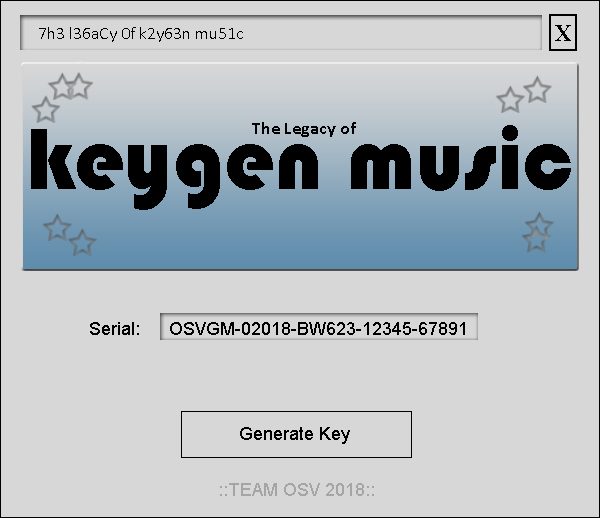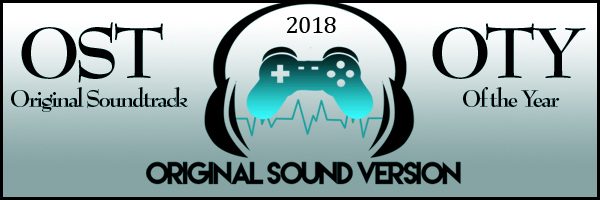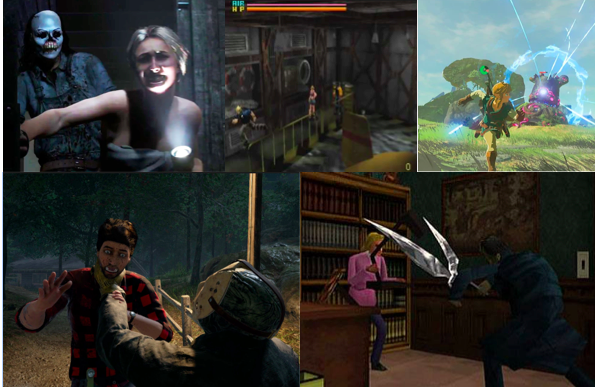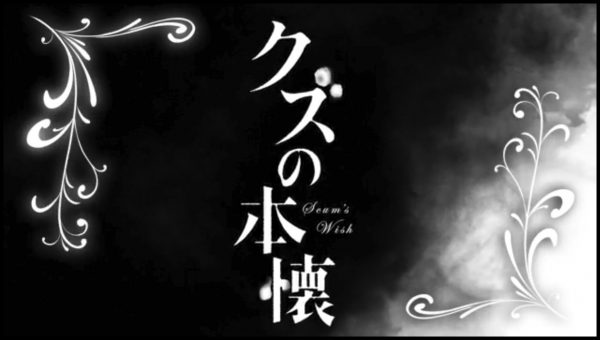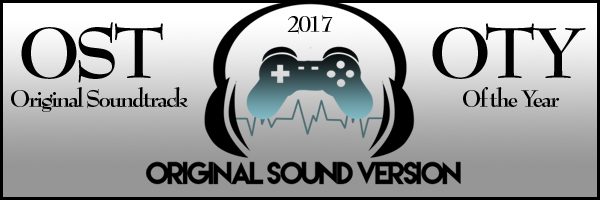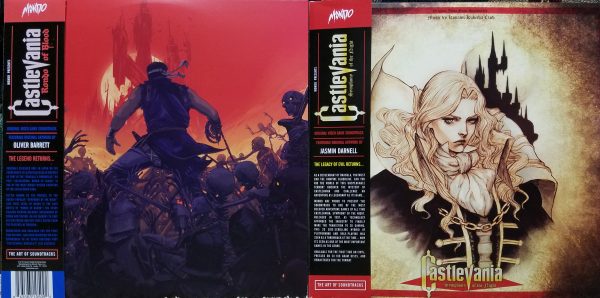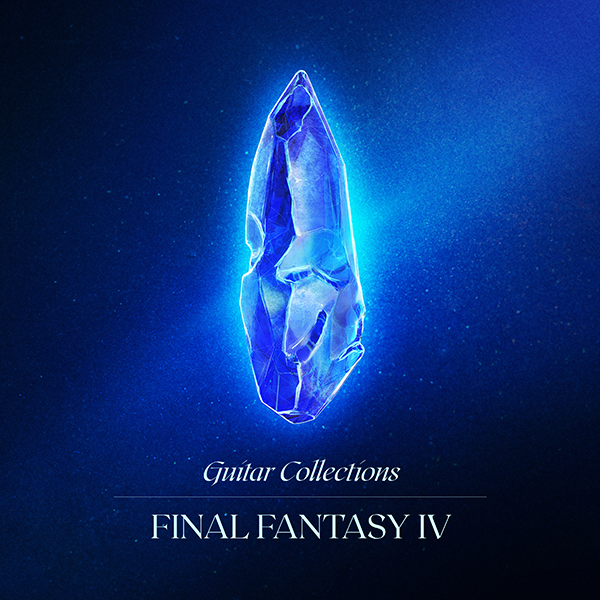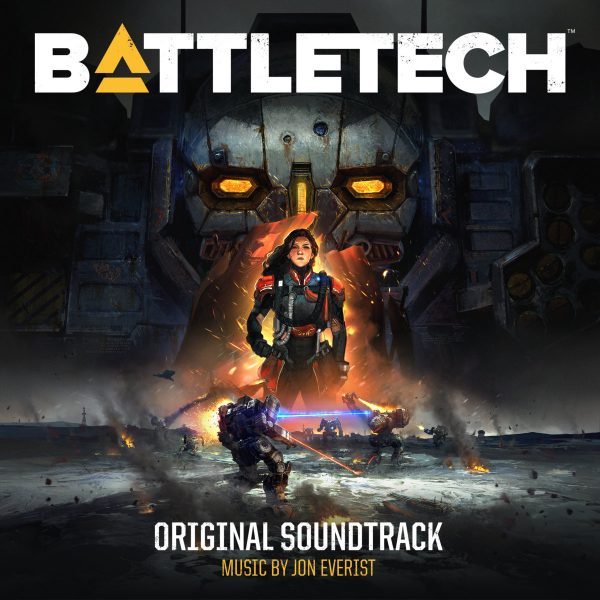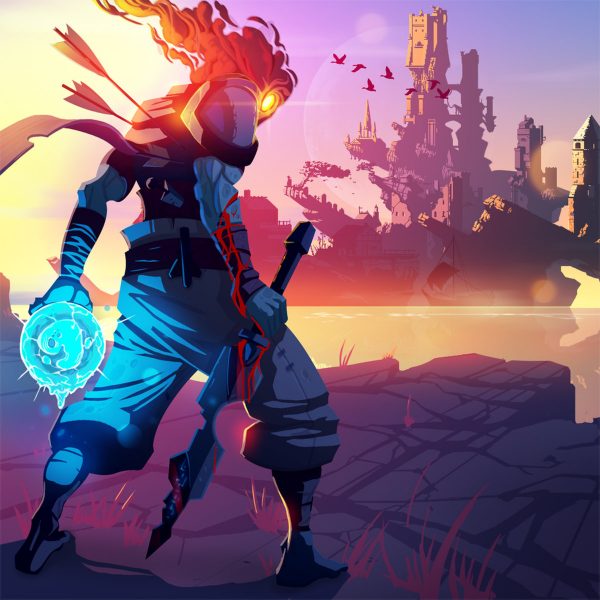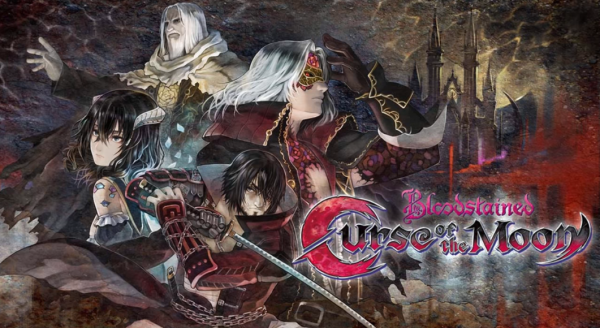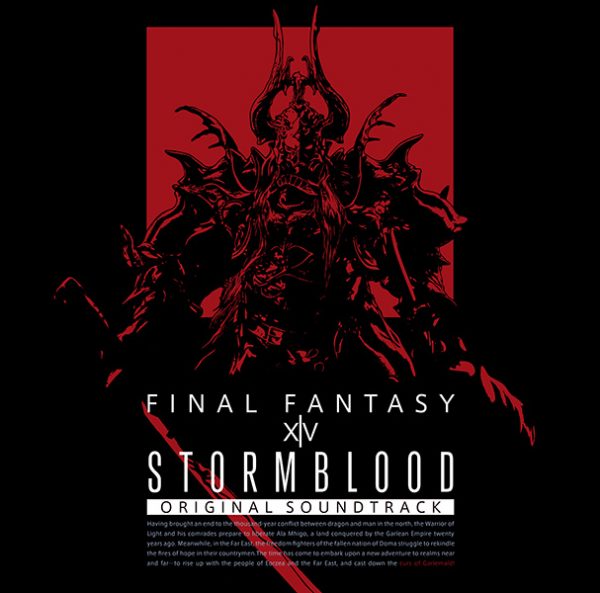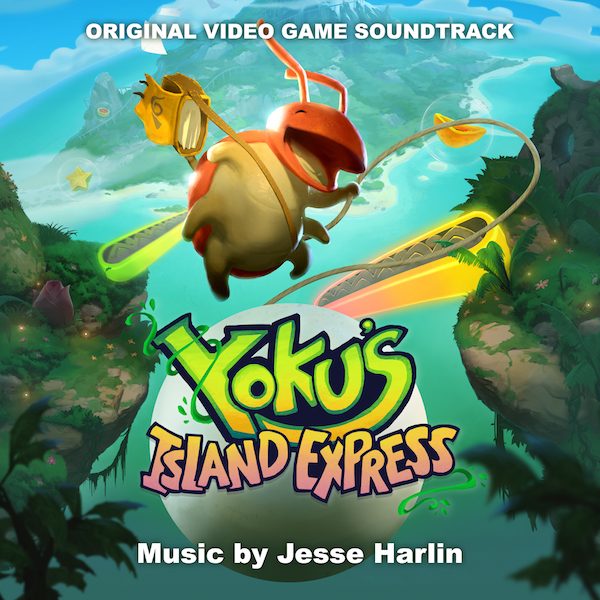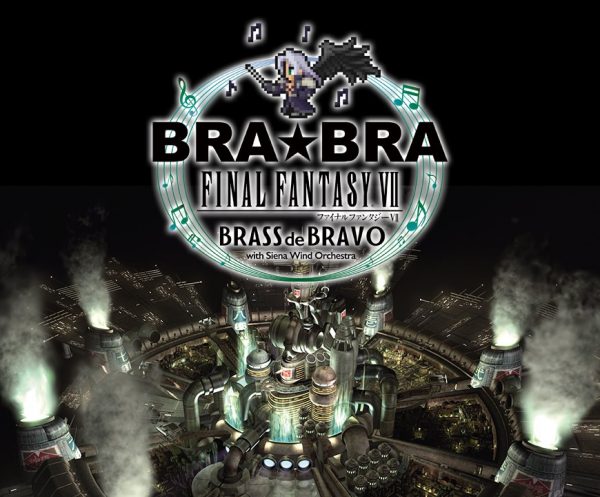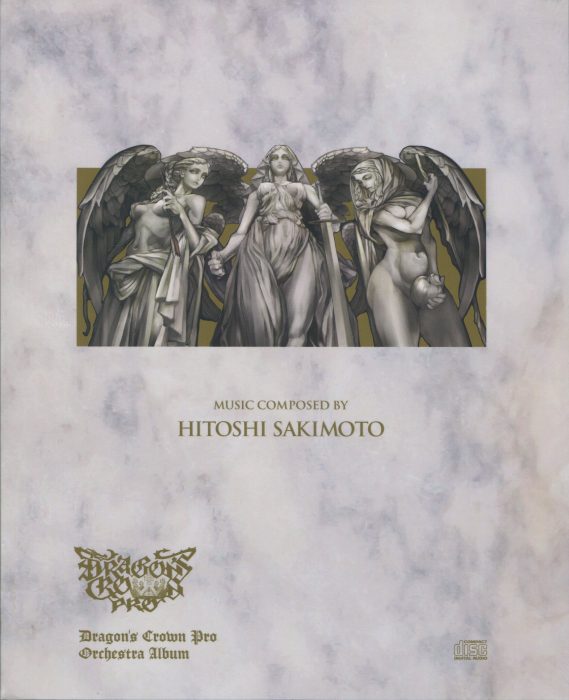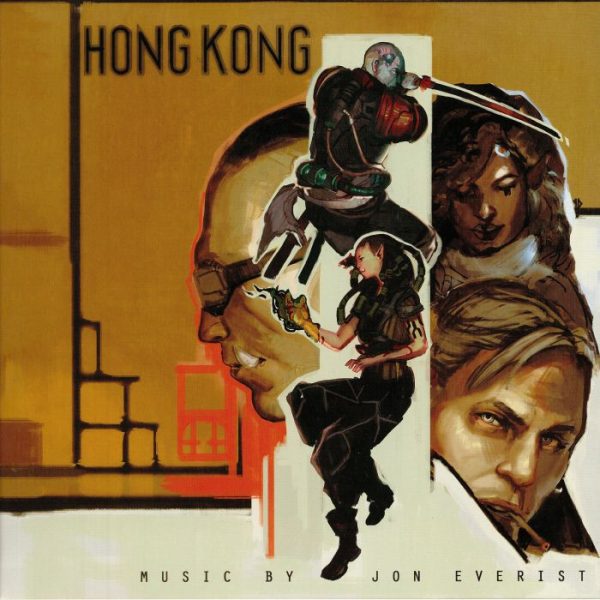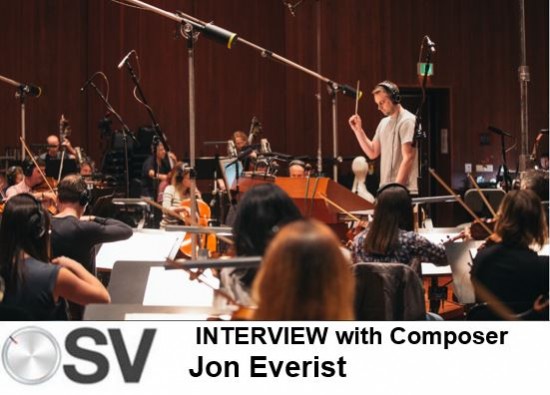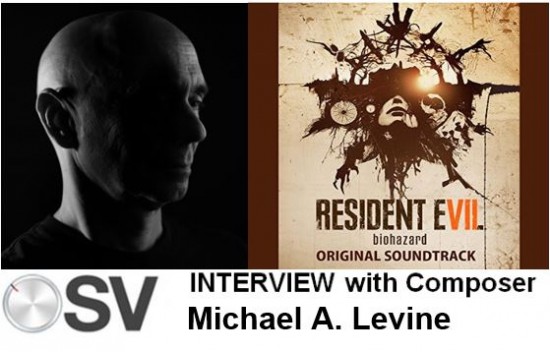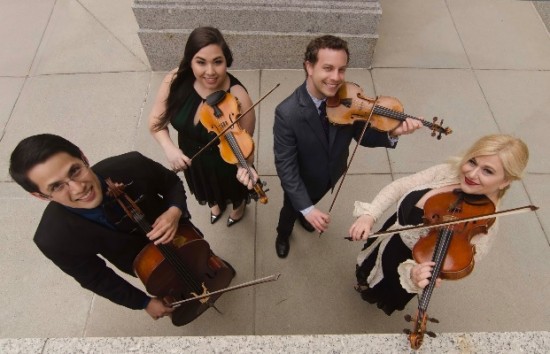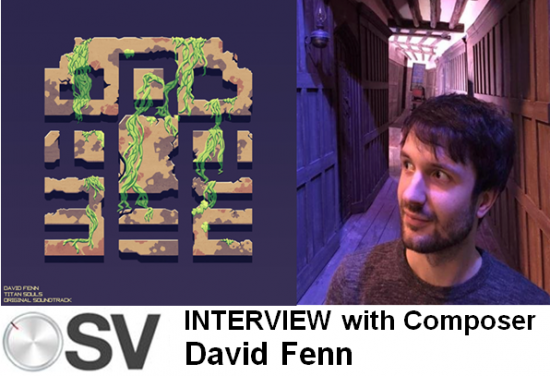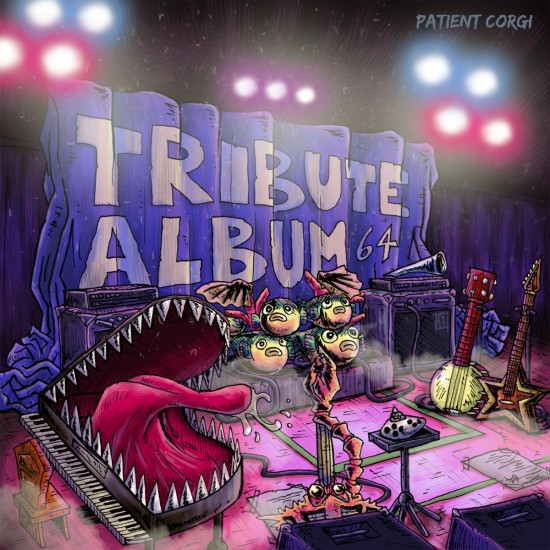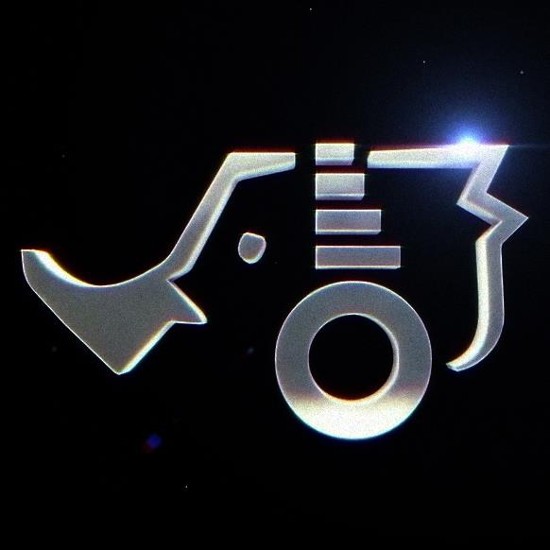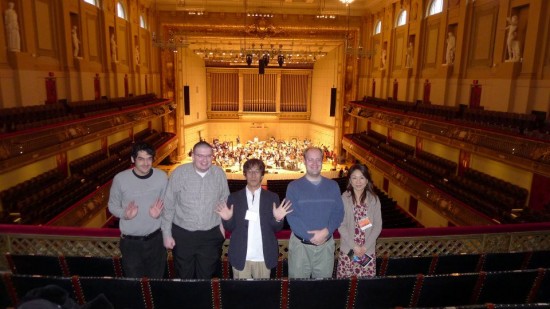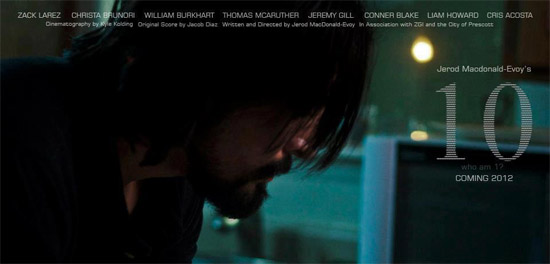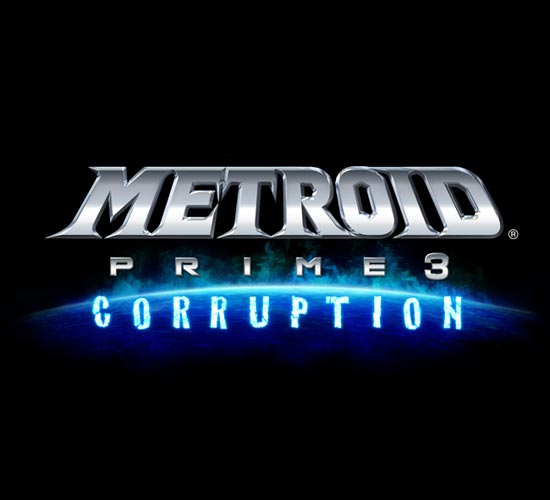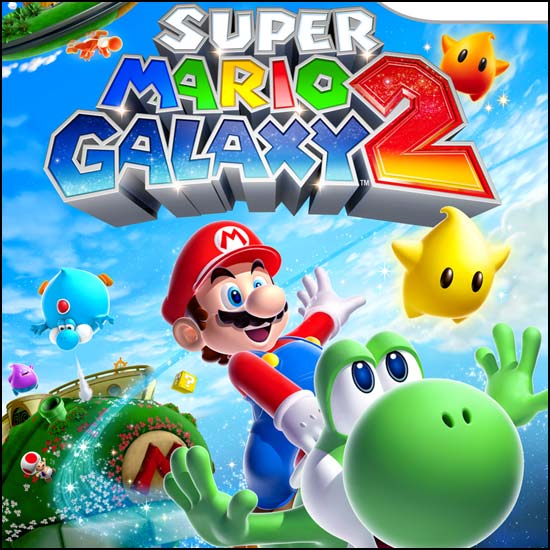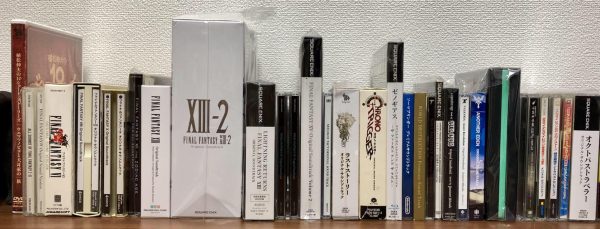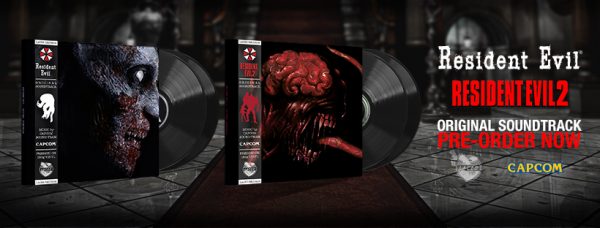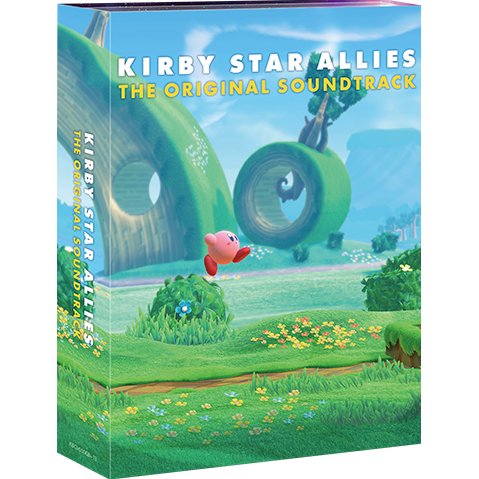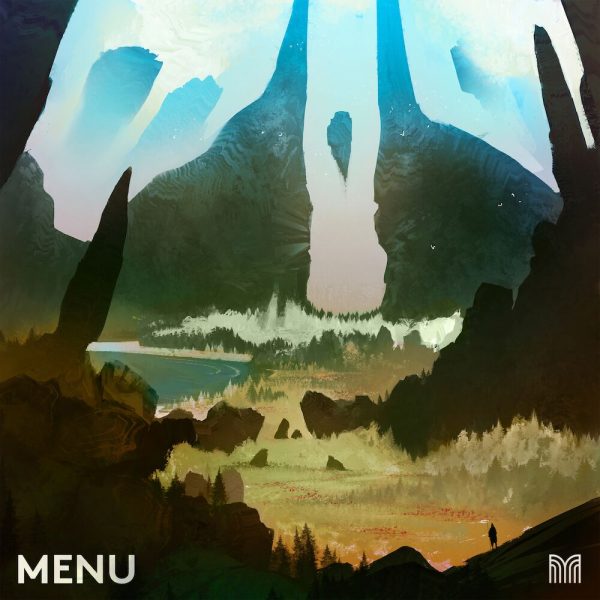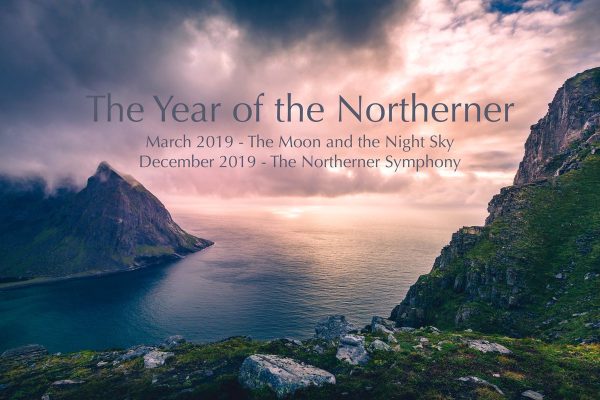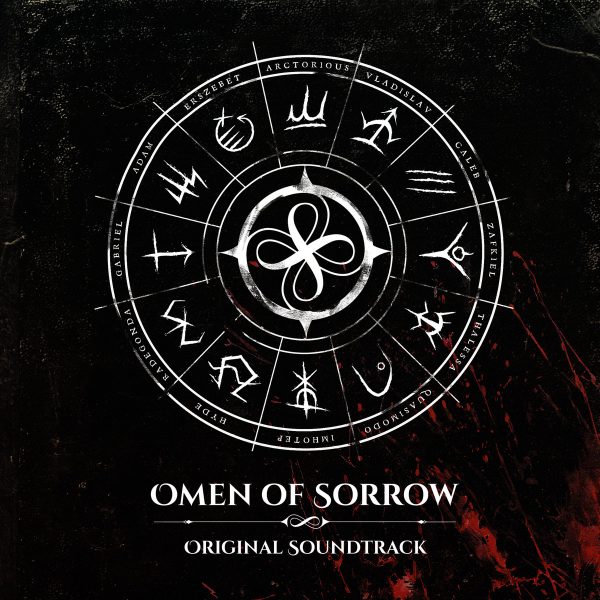I can’t believe the release of Super Mario Galaxy 2 has already come and gone. I’ve been looking forward to it for such a long time, as the first game was my favorite game on the Wii, and I had high hopes for what composers Mahito Yokota and Koji Kondo would cook up for this round.
I’m one of those people who avoids all trailers, videos, screenshots, and general information when it comes to games I’m really excited about, so I had no idea what to expect from SMG2 aside from Yoshi making an appearance. I’ll say that I was pleasantly surprised by the game, the music, and the use of audio even though, for the most part, it was more of the same that Nintendo established with the first game.
So, is Super Mario Galaxy 2 just a simple upgrade, or does it offer something entirely new that’s worth your attention? Find out in our review after the jump.
The fact of the matter is that there’s so much going on in the audio department with Super Mario Galaxy 2 that I could fill an entire review just talking about it. In fact, I’ll attempt do that, but I do want to talk a bit about the game while I’m at it.
First of all, just like with any Mario game, there’s not much in terms of a story. Bowser is huge (he even opens with the line, “I’m HUUUUUUGE!”) and has kidnapped Princess Peach and taken her to the center of the galaxy. Mario teams up with the Lumas once again to collect stars, explore new worlds, and do battle with Bowser and Bowser Jr. to save his “special one.” Even though the game is not heavy on plot, I did enjoy how the intro was presented. The story unfolds on the pages of a book that the player actually controls, causing the page to flip when the player reaches the end of the screen.
Those who played the original Super Mario Galaxy will be immediately familiar with many elements of the game, including the controls, visual style, the same mini-bosses, and even some reused music. There are tons of stars to collect along with the return of the pesky (and often challenging) prankster comments that include speed runs, daredevil runs, and purple coin comets. There are some new elements thrown in as well that enhance the experience.
Let’s start with Yoshi. While he’s not available on every stage, you will find yourself looking forward to the times you do get to use him. He has all his familiar moves intact, including his extended jump and his ability to eat things, which is strangely satisfying. Eating enemies turns them into starbits, while eating blue fruit turns Yoshi into a big bag of gas that lets you reach new heights and eating red chili peppers allows Yoshi to run up steep inclines and over water. These levels were a lot of fun, and really added a lot to the experience. You can also control Luigi at any time in Super Mario Galaxy 2, which I know will please fans, although his enhanced jumping height is offset by his slippery feet.
In terms of new suits, everyone has been talking about Rock Mario and Cloud Mario. Rock Mario allows Mario to turn into a boulder that crashes through enemies and obstacles. It’s also used in a few specific stages including a fun bowling stage. On the other hand, while Cloud Mario may look absolutely ridiculous (I guess Bee Mario is also guilty of this), the main idea is that you can create a cloud platform at will with a waggle of the Wii remote. This is incredibly fun and satisfying, especially in combination with the leap jump, which is required to get to some of the final stars.
Another noteworthy addition, or modification, is the change in level navigation. Instead of the observatory featured in the original game that required you to run all over the place to access the different galaxies, Super Mario Galaxy 2 replaces this system with the central “faceship” created in Mario’s likeness where you can interact with NPCs, and a traditional map-based navigation system to access the game’s levels, which is much faster and nostalgic.
Regarding level design, there a lot to love in Super Mario Galaxy 2. From a giant world that is reminiscent of Super Mario Bros. 3, to a stage that is a direct throwback to Super Mario 64, old fans will be pleased. There’s a ghost stage that is completely dark, with an occasional flash that allows you to see the stage for a brief moment, and an epic final stage leading up to the final showdown with Bowser. Most significant, however, is the increased emphasis on 2D platforming. Miyamoto has noted that gamers in Japan were easily disoriented by the spacey 3D gameplay of the original Super Mario Galaxy, and I think this change was implemented to correct this. It works works in the game’s favor given that all of us got enough 3D planetoid platforming with the first game.
After beating Bowser, there’s still a lot to do with more stars to collect and more worlds to explore (including Rainbow Road!). If you do want to get all of the game’s stars, be prepared to wear your wrist strap… it can be frustrating at times. For those who are having a difficult time throughout the game, however, there are added TV screens that act as optional tutorials, and even a character who will appear to essentially beat levels for you if you die enough (this happened to me on a few occasions).
With all of that said, let’s jump into the game’s audio. Koji Kondo is big on the inclusion of interactive audio in his projects, and Super Mario Galaxy 2 is no exception. Returning elements include the musical notes that appear and play a tune as you collect them (one set plays “Athletics,” which I got a kick out of), and the change to tense music when Mario is upside down on some of the 2D stages that include the flip mechanic. Other neat things include the addition of rhythmic bongos when riding Yoshi (like in Super Mario World), planetoids shaped like snare drums and crash cymbals that make their respective sounds when you jump on them, and the slowing of the music during the freeze-time sections of the game. There’s even a stage with different colored blocks that appear and disappear in time with the music, making for a fun music-based gameplay experience. Finally, when it comes time to collect the final set of stars in the game, you’ll often have to use your ears to pick up on the sparkly sound of the nearby star to key you in to its location which was an amazing use of audio in the game.
In terms of music, we were right in assuming a “fully orchestrated soundtrack” meant that there would be full orchestral pieces along with synthesized pieces as we saw with the first game. Interestingly, the game’s music credits also included Ryo Nagamastu in addition to Kondo and Yokota, although I have no idea what he was responsible for. While I am a bit disappointed that many tracks were carried over from the first game, there’s a lot here to love as well. I’m also bummed by the fact that “Gusty Garden” only makes its way into the introductory sequence and on one of the final world maps as I would have liked to have heard more of it given that it was effectivley the theme song for the first game.
The first stage, “Sky Station Galaxy,” features an epic yet whimsical orchestral theme that is playful and often reminded me of a Disney film (I constantly felt like I was listening to an epic Disney score while playing Super Mario Galaxy 2). My two favorite tracks from the game have to be Yoshi’s theme, which works in a funky brass section that had me thinking Earthbound, and the Puzzle Plank Galaxy which features a bluegrass-meets-outer space sound with a fiddle and synth elements. There’s a stage featuring “Athletics,” another with music from Super Mario 64, and the game’s ghost house theme directly references the music from Super Mario World. I also enjoyed the cinematic desert stage theme that sounded like something from a film score. As with New Super Mario Bros Wii, I enjoyed a lot of the world map themes, which are progressively more tense and epic as you progress through the game. I’m excited that Nintendo has already announced that a soundtrack will be made available via Club Nintendo Japan, as it’s definitely going to be one of the best of the year despite the reused material.
The Verdict
Super Mario Galaxy 2 provides a lot of the same in nearly every aspect but still somehow manages to make the refinements that you never knew you wanted. I love the traditional map-based navigation system and the inclusion of both Yoshi and Luigi. The stages are well designed, and are still able to capture that element of amazement and wonder that was experienced with the first game. While a good chunk of music is carried over from the first game, there’s a lot of new material that I enjoyed, including many throwbacks to classic Mario themes, and the interactive audio elements really put this game over the top for me.
Score: 9.5/10
Tags: Game Reviews, Interactive Audio, Koji Kondo, Mahito Yokota, Nintendo, Reviews, Super Mario Galaxy, Super Mario Galaxy 2